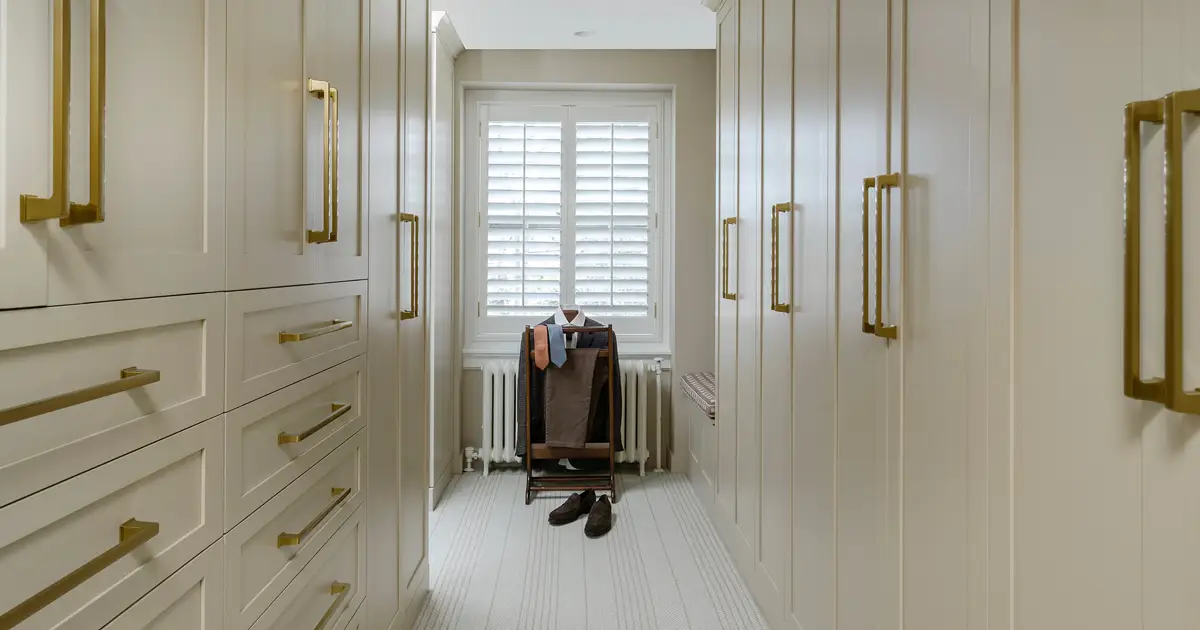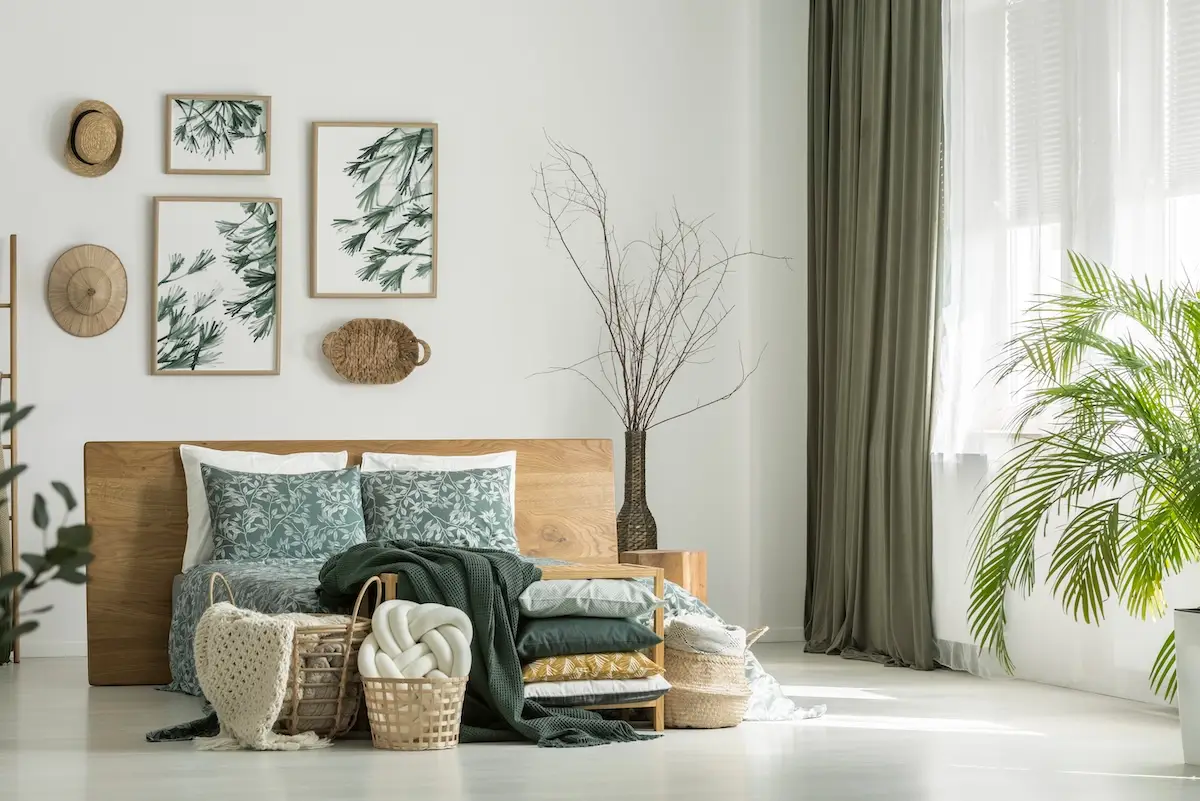Have you ever smelled gasoline up close while filling up your car, only to feel dizzy from the fumes? Or maybe opened up a can of paint for your home renovation and was hit with a strong smell that made your eyes water? Those discomforts were likely caused by VOCs.
What are VOCs?
VOC stands for Volatile Organic Compounds which are organic chemicals that off-gas toxic fumes at room temperature. When indoors, these chemicals are actually 10 times more harmful to our health! When people come into contact with VOCs, they may experience short-term irritation in their eyes, nose, or throat, or feel nauseous for up to a few hours. It can also affect breathing for those who have respiratory problems, like asthma. Long-term exposure to VOCs can be even more detrimental, causing damage to the liver, kidneys, or central-nervous system. Some people even claim breathing in VOCs over a long period of time can cause cancer.

Common VOCs Found in Homes
It’s important to note that VOCs encompass many different chemicals which all have their own toxicity levels. Many building materials, textile materials, and home care products contain VOCs, and you may already have products that may contain VOCs in your home, including cleaning supplies, paint, furniture polish, glue, detergents, and even wallpaper or carpeting. The most common VOCs found in the lives of the general population include:
- Acetone
- Benzene
- Butanal
- Ethanol
- Formaldehyde
- Methylene Chloride
- Tetrachloroethylene
- Toluene
- Xylene

Photos: Benjamin Moore, Sherwin Williams

Photo: Mohawk Flooring
Reducing VOCs in Your Home
So now that we know VOCs can be harmful to us, how can we avoid coming into contact with them? There are no regulations when it comes to VOC levels in non-industrial settings and there is no way to completely avoid these chemicals altogether, especially when renovating your home. There are plenty of choices you can make, however, to limit your exposure to VOCs, including:
- Airing out your home during and after home renovations
- Limiting the amount of paint and chemicals you buy; only purchase what you need because unused items can leak gas over time
- Purchase products that are specifically made with low or no VOCs, which will usually be advertised
- Dispose of any unused chemicals after you are done with them at a waste collection site, or store them in a garage, shed, or other area where people do not spend much time to avoid exposure
If you are thinking about updating your home and have questions about picking low VOC products, including textiles and paints, give us a call.


Photos: Jay Greene Photography




